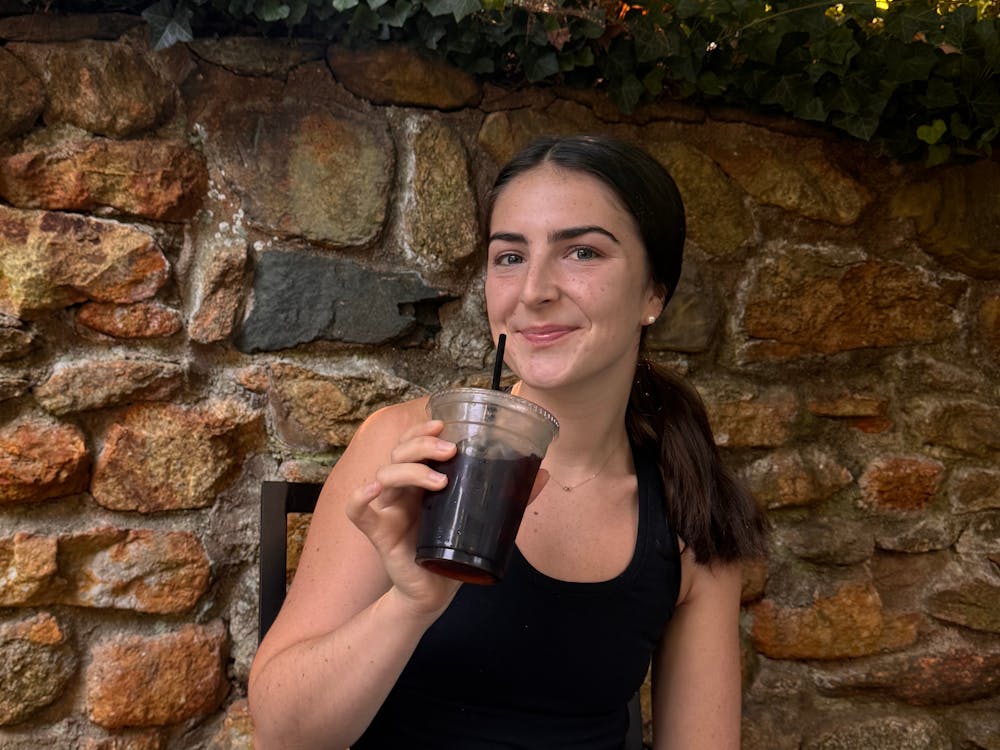Early November through Christmas is the unofficial giving season — a time where the expectation to contribute your extra dollars to some selfless endeavor is palpable in the air. It’s both a blessing and a curse that the University is full of students who dedicate their time and efforts to hundreds of different charitable organizations on and off-Grounds. It means that our community is projecting a lot of good into the world, but it can also be overwhelming deciding which of the infinite organizations to donate to — because it’s unrealistic that we can contribute to all of them.
The first Tuesday after Thanksgiving marks a relatively new annual holiday called “Giving Tuesday,” where social media encourages everyone to donate to charitable groups after many have spent their money holiday shopping on Black Friday and Cyber Monday. It’s likely that most of your news feeds were flooded with pleas from acquaintances to spare a few dollars to a fraternity’s or sorority’s philanthropy, or you scrolled through a few Instagram stories asking whether the followee could Venmo request you $3 or $5 for a CIO.
This year’s Giving Tuesday timely coincided with a reading that one of my professors assigned our class called, “The Most Good You Can Do.” Author Peter Singer introduced me to the concept of effective altruism, which is a social movement that uses evidence and reasoning to determine the most effective ways to benefit others and bring about the greatest possible impact. This reading prompted me to think about the various opportunities we have to practice altruism on and off-Grounds this holiday season in the most effective ways possible.
Donating to the Homeless
From walking down the Corner on any given day, I’ve noticed feels like we have high homeless population. There are quite a few regulars that sit outside of some of our favorite Charlottesville establishments pleading for a little help from passersby.
Coming from the New York City metro area, I was always told by my parents and others that it isn’t a great idea — despite the good intention — to give change or cash to beggars because the money could be used to support addiction rather than provide sustenance. I still believe that this is a valid concern, but that isn’t to suggest that homeless people shouldn’t be helped at all.
As easy as it is to reach into your pocket and grab a few dollars, it’s not much more difficult or expensive to detour into Sheetz to buy a water or a Gatorade for the lady who sits outside of CVS. Even better, bringing a blanket or an old sweatshirt to help someone brave the newly frigid weather takes little effort and makes an impact that you can see immediately without having to worry about how your money is being spent.
Experience-Oriented Giving
Many charitable organizations offer experience-oriented giving, which provides experiences to those who are struggling rather than giving funds directly to the needy. The Make-A-Wish Foundation is a leading example of experience-oriented giving. This organization strives to grant a wish to every child in America that is diagnosed with a critical illness. Wishes range from allowing a little kid throw the first pitch at his favorite MLB team’s home opener or arranging for a little girl to meet the celebrity of her dreams — all with the purpose of distracting them from their unfortunate world of doctor appointments, scans, hospitalizations and surgeries.
A similar and equally noble cause with ties closer to the University is Camp Kesem, which is a student-funded CIO that allows kids whose parents are suffering from cancer to go to a seven-day camp in rural Virginia for free. The program is run by students who are passionate about the cause and whose lives have been impacted by cancer in some way, and most of the proceeds go directly into executing the seven day camp.
If your giving is motivated by smiling children and an emotional pull to brighten a child’s day, either of these organizations, along with many others, is a worthy cause.
Giving Your Time
It’s understandable that for a lot of people who pay their way through college or work multiple jobs, donating money to others isn’t always an option. That being said, time and effort can be equally valuable contributions to the season of giving. Local non-profits are generally understaffed after the holiday season and can use extra hands early in the new year. Additionally, volunteering at a soup kitchen or for nearly any program offered by Madison House can be a rewarding way to directly impact your community at no monetary cost.
Whether we like it or not, the philanthropic culture of the University presents us with so many opportunities to give back. Not knowing how or where to give this holiday season isn’t an excuse because, regardless of how much or how little you contribute, it can make a significant impact.
Luke Fischer is a Life Columnist for The Cavalier Daily. He can be reached at life@cavalierdaily.com.







